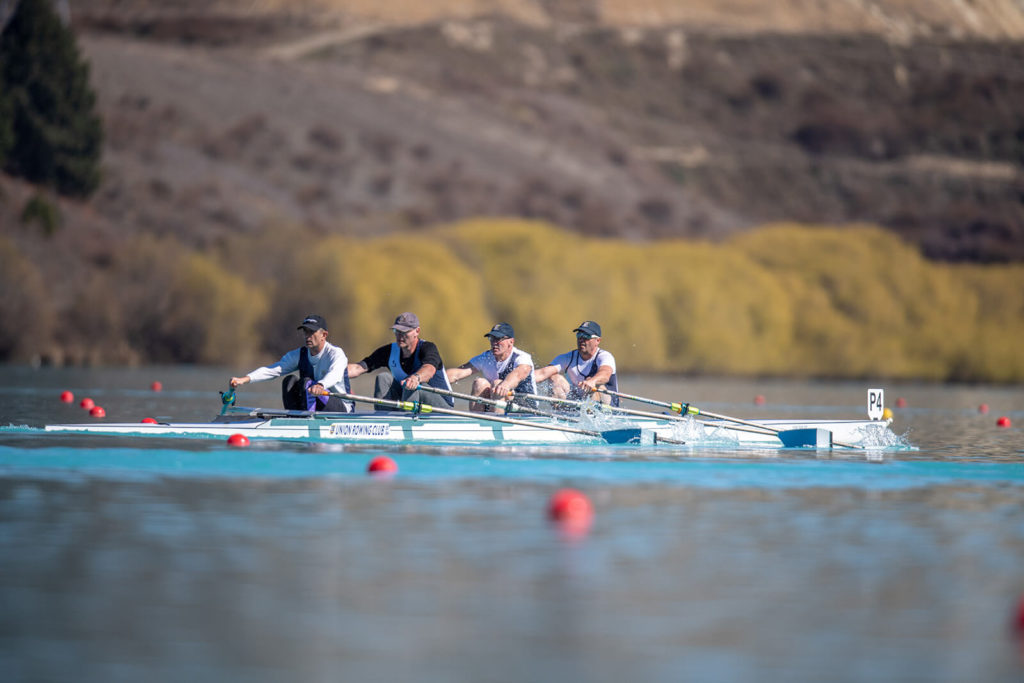The most obvious (and quickest) place to start when rigging for athletes of different heights and sizes is the gate. In fact, a lot of crews will now set their boats up with spacers that can pop in and out to make a quick height change between rows or on the water. As always, before making a change to the gate it’s important to understand what the change will mean for both the rower and the crew.
There are really two levels to think of when you change the gate height. We’ll call them the drop out and the catch. The drop out is the lowest point the handle drops in the boat. That point needs to have the blade clearly out of the water, while the handle is in a comfortable position for the athlete (not digging into their quads for example). The catch on the other hand is the ‘high’ point the handle reaches. It’s a bit more variable because there aren’t body parts to stop it like the drop out, but it’s equally important to the balance of the boat.
When you change the gate height, you’re effectively moving both the drop out and the catch height up or down. That’s really important to remember – if you raise the height to make your drop out more comfortable, that will also have an effect on how high your catch, drive and finish height will be. For that reason, a bit of a balancing act will be had – and for some athletes you may need to look to other parts of the rigging setup to help out.
Let’s take three different athletes as case examples. The proportioned rower, the tall lean rower, and the short stocky rower:
- The proportioned rower is a bit of an oxymoron – there’s no such thing as a perfect shape. But what you’ll find in your crew is usually ‘the norm’ amongst them – several rowers who are similar heights and have similar length limbs that you can apply a ‘conventional’ rig to. You’ll give them the gate height the text books tell you to and they’ll feel great.
- Then comes the tall lean rower with a long torso. They’ll catch high and draw in high on their body (just like you’ve coached them to) and that will send their blade deep into the water and throw the boat over to the opposite side…or, if they’re smart and have adjusted their blade level through the water, they’ll complain about having a really uncomfortably low finish. That rower is the perfect candidate for a gate height change. You’ll be able to pop the height up, moving their blade level in the water and making them comfortable with an overall beneficial impact on the boat.
- Lastly comes the short stocky rower with big thighs and a shorter torso. This is the trickier rower to rig with just gate height. When rigged ‘conventionally’, they’re likely to be washing out a little bit, dragging the boat down on their side. They’ll probably feel like they are catching high and doing their best to keep their handle high into their body, but it will feel like they’re pulling into their throats at times. A straight drop in height might seem like the obvious answer, but these rowers often have powerful thighs as well, so you might find that if you drop the height they start getting their hands caught at the finish as they try to drop out. They might be a candidate for a high seat or seat packer, or may need a change in foot stretcher height – which we will talk about in a later blog.
Overall the gate height is a great place to start for different body shapes. Whether it’s giving more clearance for a rounder stomach, making an athlete more comfortable at either end of the stroke, or aiming to help the boats balance issues in general, it’s a good, simple place to start with rigging. Next up we’ll look at stroke length – so check back soon.


